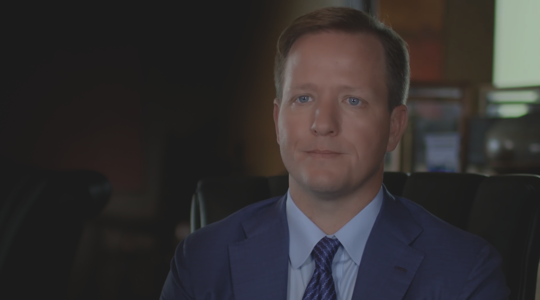Houston Machinery Accident Lawyers
Helping Workers Hurt by Heavy Machinery & Industrial Equipment
Employers are required to provide a safe work environment for employees. This includes ensuring that all machinery and equipment required for work is safe and properly maintained. A safe machine is one that has a minimal risk of causing serious injuries or accidents and includes the presence of appropriate safeguards.
If you or someone you love was hurt at work due to unsafe or defective equipment, we can help. At Arnold & Itkin, we aggressively represent the rights of injured workers throughout Texas and the United States. We have secured some of the biggest verdicts and settlements in the field of personal injury law, and we are prepared to advocate tirelessly for you and your recovery. Our Houston heavy equipment accident attorneys bring more than two decades of experience to their practice, along with a passion for standing up on behalf of those harmed by the negligence of others.
For a free initial consultation, contact us today at (888) 493-1629.
Examples of Dangerous Heavy Machinery
Workers across a wide range of industries are required to use dangerous equipment and heavy machinery every day on the job. While some of these machines have inherent risks, employers must still take all appropriate precautions—such as routinely inspecting equipment for defects and ensuring tools have proper guards—to protect their employees.
Examples of unsafe machinery in the workplace include:
- Machinery with an exposed flywheel
- Equipment with an unguarded cutter, blade, pulley belt, or emery wheel
- Electrical machinery that is improperly insulated, has loose wires, or insufficient grounding
- Equipment with powered doors that lack warning alarms
- Derricks or cranes that are defective or poorly maintained
- Machinery with rotating or moving parts, such as food slicers, meat grinders, woodchippers, etc.
As gears turn, blades cut, and presses compact items, each movement may carry thousands of pounds of force behind it. If a worker's uniform, gloves, or a body part is trapped in the mechanism, they could face serious and permanent damage, including death. Employers must ensure that all workplace equipment is safe and in good working order.
Just as employers must ensure proper protections for employees required to use heavy machinery on the job, workers should also follow all safety standards and OSHA regulations to avoid becoming injured.
Accidents Involving Cranes & Forklifts
Some of the most accident-prone machines include cranes and forklifts. These machines are often found in industrial workplaces and can cause severe injuries to workers if used incorrectly. For example, if a crane is on an unstable platform, the operator and workers in the area can be in danger. Crane boom collapses, tip-overs, and load accidents make construction zones extremely hazardous.
Similarly, forklifts can be the cause of serious accidents. For example, a forklift may tip over if used incorrectly, or a worker may knock items off high shelves, causing falling debris that puts everyone in the vicinity at risk. In some cases, forklift operators may even collide with stationary objects, other forklifts, or workers when they are not paying attention or when the forklift is defective.
When people look for lawyers who can handle these types of cases, they look to Arnold & Itkin. Our Houston equipment accident attorneys have a reputation for providing the relentless advocacy injured workers need, as well as getting the desired results that allow accident victims and their loved ones to move forward with their lives.
